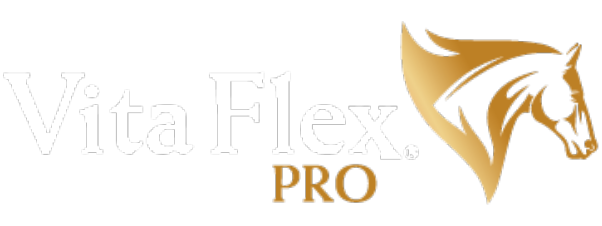Insuring a Horse
Katie Navarra

Jennifer Miller was an inexperienced horseperson when she bought a horse 15 years ago. She was leasing a draft-cross mare and opted to skip a pre-purchase exam. Although she was a first-time horse owner, she understood how quickly vet bills can add up.
“I knew that vet bills for things like colic would be costly and I wanted to be able to make decisions based on need and not as much on cost,” she says. “I felt insurance could be helpful in situations like colic surgery and other major health problems.”
Turns out that for Jen’s situation, investment in insurance was the right decision. Over the 15 years she has owned Isabelle, Miller has used her insurance policy to cover care for a deep digital flexor tendon tear, colic, ulcers, lameness, and anaplasmosis (twice!).
Many people assume that insurance is only for high-dollar racehorses or five-figure show horses. There are a good number of backyard horse owners like Jen who insure their horses to help offset the cost of care.
Is horse insurance worth it?
It was for Jen. She estimates having saved thousands of dollars during the time she has owned Isabelle. One 2016 vet bill cost $3,770.48. Insurance paid $3,470.48 meaning Jen was only responsible for the $300 deductible.“Multiply that by many years and several large vet bills and insurance was a very good investment for us,” she says.
Once Isabelle turned 20, Jen terminated the insurance because the premium had increased to the point where she decided she could add that amount to her savings each month should any health problems arise.
Insuring a horse
In general, there are four types of horse health insurance.
- Equine mortality insurance is similar to life insurance for people and payment is made upon death.
- Major medical (colic and surgical) is an add-on to mortality insurance that covers lameness, sickness, and disease. Preventative care is typically not covered.
- Loss of use is an enhancement to mortality insurance that pays a percentage of a horse’s value if it can no longer perform in its role.
- Stallion, Accident, Sickness, Disease (ASD) covers breeding stallions who can no longer impregnate mares because of an accident or illness.
Another common type of equine insurance is called Care, Custody and Control. This helps in the event a person gets hurt by a horse in your care for breeding, training, boarding, etc. Working with a licensed agent who can evaluate your situation can help you decide which, if any, policies are the best fit for you.
How much is horse insurance?
Horse insurance specialists provide precise quotes based on the horse’s age and breed among other considerations.
Generally, the cost of mortality premiums ranges from 2.5 to 4% of the horse’s value. For example, the cost to insure a 7-year-old valued at $10,000 averages $325-$345. Premiums increase as horses age. Major medical can often be added for $150 to $250.
The policy value is usually equal to the horse’s purchase price. If a horse’s value increased because of breeding or performance, official records can be used to increase the horse’s value and the amount a policy covers. If you’ve bred your own horse, the fees paid for breeding and the dam’s value are used to determine the foal’s worth. A basic vet exam may sometimes be required as part of the application process.
Membership in breed organizations and other riding clubs often include additional benefits such as discounts on horse insurance. Check with any groups you belong to and learn what might be available.
Finding horse insurance
There are many places to purchase horse insurance policies. Through the years Jen has purchased policies from Marshall & Sterling, Great American, The Hartford and individual licensed agents. US Rider, Markel Specialty, and American Equine are among the equine insurance providers.Individual agents or companies specializing in equine insurance may have connections with multiple insurers and can offer opportunities to compare and contrast prices and benefits. When requesting a quote, confirm they are licensed to sell in your state.
“I would shop around and make sure the company will cover what you need, and that the premium is reasonable based on your type of horse and use,” Jen says. “Some companies will have a deductible and only pay a percentage of the overall cost so it’s important to know the deductible and percentage of coverage that you are purchasing.”
For example, some mortality policies may also cover a percentage of colic surgery when a horse is insured for at least $5,000. These policies typically cover up to 50% of the surgery costs but cap at a $5,000 maximum. Theoretically, if a horse insured at $5,000 needs colic surgery, $2,500 would be paid. A horse insured at $10,000 would be eligible for the maximum $5,000 for an emergency colic surgery.
Know your policy
Policies have hard annual expiration dates. Extensions are available to cover an incident of injury or illness that might occur close to the end of a policy term. Make sure you read your policy because there are many different types of exclusions in insurance. An agent can review these with you. An emergency is never the time for understanding what is and isn’t covered. The insurance carrier may also require specific details before a horse is treated; being aware of that in advance helps to ensure your reimbursement after the fact.“You don’t want to be reading the policy as your horse heads into colic surgery,” she says. “Make sure you and/or your barn manager has the phone number ready for a claim just in case.”
If you’re still unsure if horse insurance is right for you, request a few quotes, compare costs and benefits and use information specific to your situation to decide.

